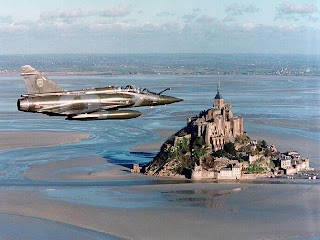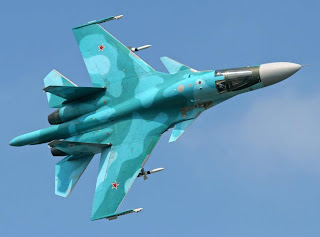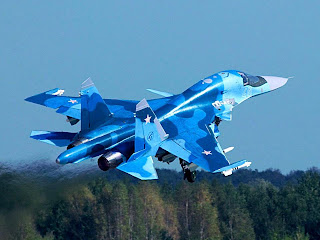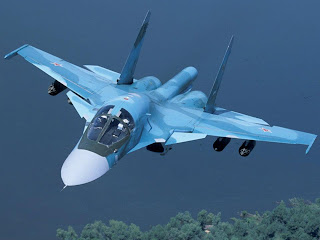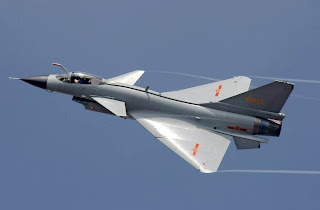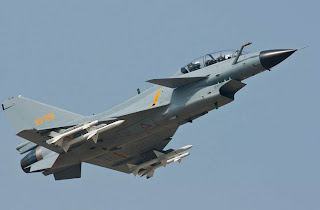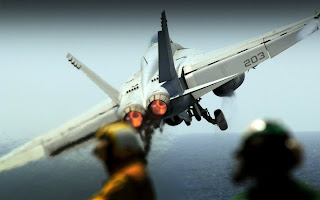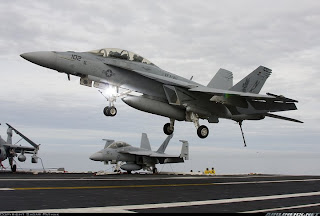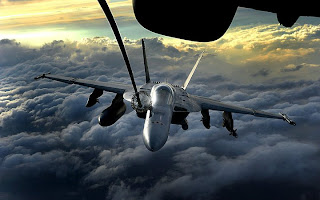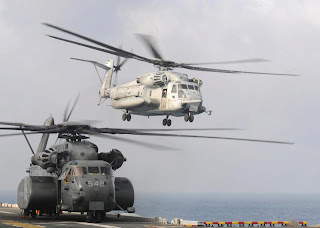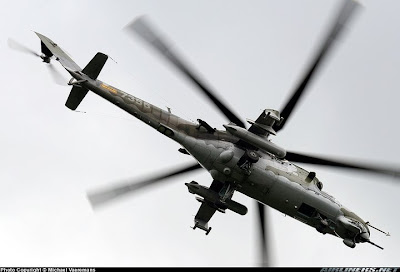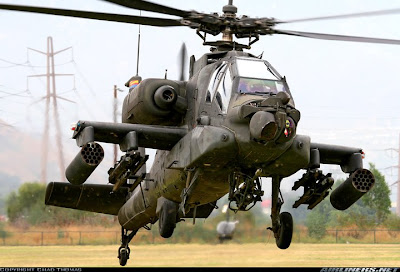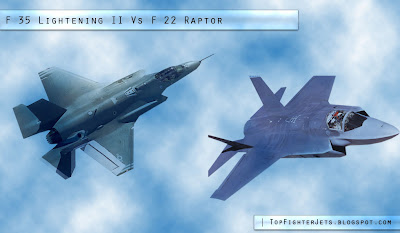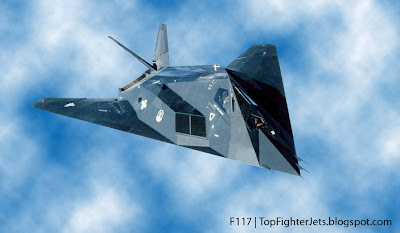J-10 is a multi-role single-engine chinese fighter jetbeing developed by Chengdu Aircraft Corporation (CAC) and 611 Institute. It has been selected by PLAAF as the next generation fighter to replace the obsolete J-7 fighter and Q-5 attack aircraft. The aircraft appears to have an Su-27 style nose and retangular air intake, an AL-31F type engine, twin nosewheels, and a distinct low-visibility camouflage color scheme. The aircraft also has a large vertical tail plus twin F-16 style ventral stablizers believed to provide greater stability at high AoA. Its fuselage looks considerably longer compared to Israeli Lavi. However its bubble canopy appears less elevated than that of F-16, suggesting the pilot has yet to possess a true 360° view. Unlike J-7E with double-delta wings, it appears to have a pair of inverted gull wings (i.e. the inner portion extends slightly downward, while the outer portion extends flat). Two red dummy PL-8 AAMs are regularly seen carried under the wing as well.
The J-10 project was started in the mid-80s based on the experience (tailless delta wing and canard foreplanes) with J-9 which was cancelled earlier in favor of the less risky J-7C/MIG-21MF project. An early model of J-10 revealed a Mirage 2000 style intake with a center shock cone for better high speed performance and a Lavi style tail section, suggesting a possible connection with the cancelled Israeli fighter (however this was firmly denied by both parties). The change indicates that J-10 has gone through at least one major redesign in its 10-year development period from the initial conventional layout (as an air-superiority fighter) to the latest semi-stealthy design (as a multi-role fighter). This change may reflect a shift of its potential adversaries from former Soviet MiG-29/ Su-27 to current American F-15/F-16 after end of the Cold War.
The new design will certainly be fitted with advanced avionics including a "glass cockpit" (1 wide-angle HUD + 2 monochrome MFD + 1 color MFD), HMS, HOTAS, GPS/INS, air data computer, RWR, digital quadruplex FBW, digital fuel management system, 1553B databus, and a new PD fire-control radar (search distance 52~148 km, track 8 targets simutaneously), which can be either Israeli Elta EL/M 2035, Russian Phazotron Zhuk derivative (Zhemchoug?), or the indigenous JL-10A from LETRI (with technical assistance from Phazotron?). A variety of newly developed air-to-air (e.g. PL-8 short-range IR-guided AAM and PL-11/PL-12/SD-10 medium-range radar-guided AAM) and air-to-surface weapons (e.g. C-701 TV-guided ASM & LGBs) are also expected to be carried under 11 hardpoints. Although it was believed to be powered initially by a 27,560 lb/12,500 kg thrust AL-31FN turbofan, a modified AL-31F which itself powers Su-27/J-11, Russia reportedly had denied China the license to produce the engine locally. As the result, an indigenous engine (WS-10A?) may be fitted later when the serial production starts.
Some US military analysts believe that J-10 could pose a serious challenge to the F/A-18E in terms of maneuverability. Some specifications of J-10 are (speculated): empty weight 9,750kg, max TO weight 18,500kg, internal fuel 4,500kg, external load 4,500kg, g load -3~+9, max speed Mach 2.0 (high altitude)/Mach 1.2 (sea level), take-off distance under 500m, combat radius 463~566 km.
The development of J-10 has proven to be tortuous. The prototype was rumored to have first flown in 1996, but the project suffered a serious setback in late 1997 when the 02 prototype lost control and crashed, as the result of certain system failure, presumably with either the FBW system or the engine. After careful redesign and extensive ground test, the successful flight of the new prototype (J-10A?) took place on March 23, 1998, which put the project back on the track. Initially 6 prototypes (serial numbers 1001-1006) were built undergoing various static and flight tests at CAC in Chengdu and at the CFTE in Yanliang. Subsequently 3 more prototypes were built (1007-1009) as the project is moving to the pre-production phase while PLAAF remains fully committed. A carrier based version (J-10B?) was rumored but never confirmed. The J-10 entered service at the end of 2005. The first J-10 in production standard first flew on June 28, 2002.
Type: Chendgu J-10
Country: China
Function: Fighter
Year: 2003
Crew: 1
Engines: 1 * Lyulka Saturn AL-31F turbofan, rated at 79.43 kN dry and 122.58 kN with afterburning
Wing Span: 8.78 m
Wing area: 33.10 m2
Canard area: 5.45 m2
Length: 14.57 m
Height: 4.78 m
Ceiling: 18000 m
Empty Weight: 9750 kg
Max.Weight: 18400 kg
Speed: Mach 2.0
g-Limits: +9/-3 g
Ferry Range: 1850 km
Combat radius : 550 km
Armament: 1 * g 23 mm, 4500 kg payload on 11 hardpoints
NAME:
PLA Designation: J-10 Westernised Name: F-10
MANUFACTURER:
Chengdu Aircraft Industry Co. (CAC)
TYPE:
Single-engine, single-seater multirole fighter capable for interception, air superiority, and ground attack missions.
PROGRAMME:
The Chengdu (CAC) J-10 fighter, China's fourth generation multi-role fighter aircraft, will be the most advanced fighter in the PLAAF's inventory once introduced to service. The J-10 programme (Project No.10) has been under way for over a decade. Six prototypes have been built by 2001 and these aircraft are reported being undertaking extensive test flights at CAC's test site.
The J-10 programme can trace its origins back to the J-9, a Mach 2.5 canard-delta fighter, which is a blend mixture of MiG-23 and Saab JA-37 Viggen. The J-9 project was transferred from Shenyang to Chengdu in 1969 and was later cancelled due to insufficient funds.
Work on the J-10 began in the 1980s as a counter to the Soviet Union's fourth-generation fighters, the MiG-29 and Su-27. The original mission was air superiority, but the break-up of the Soviet Union and changing requirements shifted development towards a multirole fighter to replace the Shenyang J-6 (MiG-19) and Chengdu J-7 (MiG-21), which are backbone of China's air force.
Originally based on the cancelled Israel Avation Industry (IAI) 'Lavi' lightweight fighter, the J-10's development has experienced some major re-design work due to the changes of requirements. Some estimates project that the as many as 300 aircraft will be produced for the Chinese air force, although reports suggest as few as 30 aircraft will have been built by 2005 - a drop in the ocean of J-6s and J-7s in the PLAAF's inventory waiting to be replaced.
DESIGN FEATURES:
The J-10 has a rectangle belly air intake, with low-mounted delta wings, a pair of front canard wings, a large vertical fin, and two underfuselage fins. The design is aerodynamically unstable, to provide a high level of agility, low drag and enhanced lift. The pilot controls the aircraft through a computerised digital fly-by-wire system, which provides artificial stabilisation and gust elevation to give good control characteristics throughout the flight envelope.
COCKPIT:
The J-10's cockpit is fitted with three flat-panel liquid crystal multifunction displays (MFDs), including one colour MFD, wide field-of-view head-up display (HUD), and possibly helmet-mounted sight (HMS). It is not know whether the HMS is the basic Ukrainian Arsenel HMS copied by China's Luoyang Avionics, or a new helmet display featured briefly at the 2000 Zhuhai air show.
The pilot manipulates the J-10 by the 'Iron Bird' flight-control system, a quadruple (four channels) digital fly-by-wire (FBW) based on the active control technology tested by the Shenyang J-8IIACT demonstrator aircraft. The pilot will also be aided by advanced autopilot and air data computer.
RADAR:
Several options are available for the J-10 fighter. These include the Russian Phazotron Zhuk-10PD, a version of the system in later Su-27s, with 160 km search range and ability to track up to six targets. Israel has offered its Elta EL/M-2035 radar for competition. In addition, China has also developed its own design JL-10A, which might be assisted by Russian technology.
For low-level navigation and precision strike, a forward-looking infrared and laser designation pod is likely to be carried F-16-style on an inlet stores station. A Chinese designed pod similar to the Israeli Rafael Litening was revealed at the 1998 Zhuhai air show.
ENGINE:
The single-seat, single-engine J-10 is similar in size to the Lockheed Martin F-16C/D. The initial batch J-10s are going to be powered by 27,500 lb-thrust (120 kN) Russian Lyulka Saturn AL-31F turbofan, the same power plant also being used by Chinese air force Sukhoi Su-27s and Su-30s. Some report indicated that 100 AL-31F engines with features specially designed for the J-10 have already been delivered to China in early 2001.
China is also developing its own WS-10 turbofan power plant, and it could be fitted on the later versions of the J-10. According to the U.S. intelligence, the J-10 might be slightly more manoeuvrable than the F-18E/F, which is slated to become the U.S. Navy's next principal combat aircraft.
ARMARMENTS:
The J-10 has 11 stores stations - six under the wing and five under the fuselage. The inner wing and centre fuselage stations are plumped to carry external fuel tanks. Fixed weapon is a 23-mm inner cannon hidden inside fuselage.
In addition to the PL-8 short-range infrared-guided air-to-air missile, which was derived from Israeli Rafael Python-3 technology, the J-10 could also carry Russian Vympel R-73 (AA-11) short-range and R-77 (AA-12) medium-range missiles carried by Chinese Flankers. It may also be fitted with indigenously developed PL-11 or PL-12 medium-range AAM for BVR combat.
For ground attack missions, the J-10 will carry laser-guided bombs, YJ-8K anti-ship missile, as well as various unguided bombs and rockets. Some missiles surrently under development such as the YJ-9 ramjet-powered anti-radiation missile may also be carried by the J-10.
UPGRADE:
An all-aspect vectored-thrust version of the AL-31F was revealed for the first time at Zhuhai Air Show 1998, leading to speculation that this advanced engine may wind up on the J-10, potentially conferring phenomenal manoeuvrability. It also projects that a naval variant of the J-10, perhaps with twin-engines, may equip a possible Chinese aircraft carrier. China might also be considering upgrading the J-10 with more advanced phased-array radar to improve its combat capabilities.
SPECIFICATIONS
Crew: One
Dimentions: N/A
Weight: N/A
Powerplant: One Lyulka Saturn AL-31F turbofan, rated at 17,857 lb (79.43 kN) dry and 27,557 lb st (122.58 kN) with afterburning
Maximum Speed: Mach 1.2 (sea-level) or Mach 2.0 (high altitude)
Range: Combat radius over 550 km Service
Ceiling: 18000 m
Maximum Climb Rate: N/A
G Limit: -3/+9 G
Avionics: One PD radar (Russian Phazotron Zhuk-10 or Israeli EL/M-2035), with a detect-range 52.5~148 km, being able to track up to 8 targets simultaneously
Fixed Weapon: One 23 mm internal cannon
Stores Stations: 11, six under the wing and five under the fuselage, up to 4,500 kg
Air-to-Air Missiles: PL-8, PL-9, Python-4, R-73, R-77
Ground Attack Weapons: Laser-guided bomb, YJ-81 (C-801) anti-ship missile



